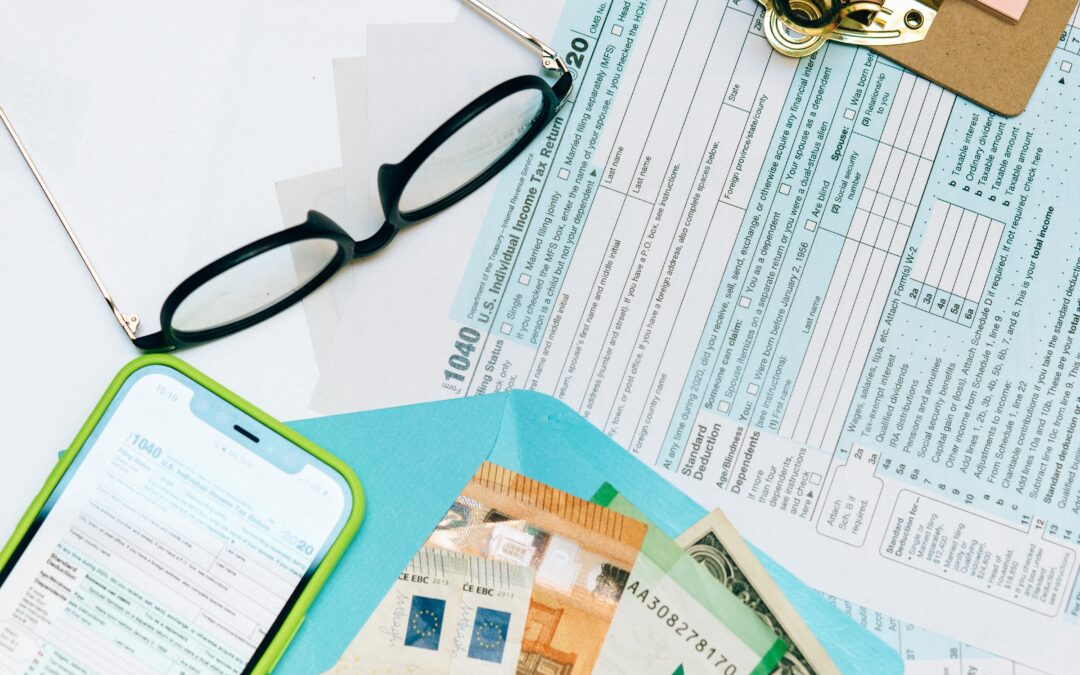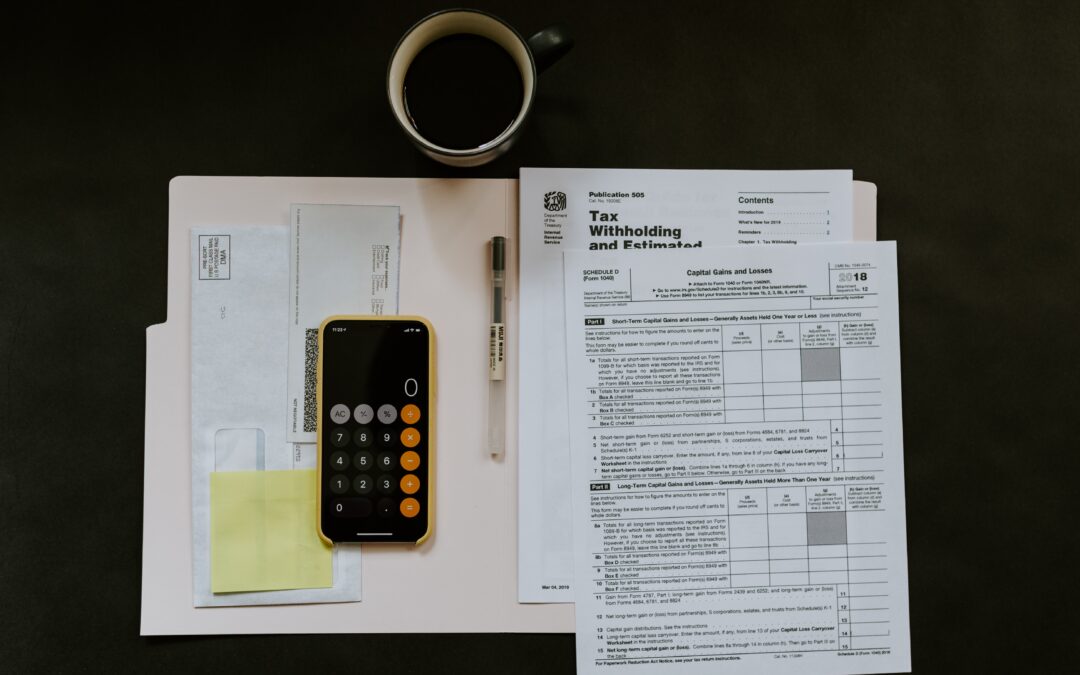Need cash in a hurry?
Access the funds you need effortlessly today.
No matter what your credit score is, we believe everyone deserves equal access to funds. That’s why we consider your entire financial picture, not just your credit score. Our innovative credit assessment approach allows individuals with less-than-perfect credit to potentially secure approval. This gives you the chance to take charge of your financial situation and steer your financial future. Select your state below to check your eligibility.
What state do you live in?
GET FREE ACCESS TO SAVINGS AS AN EMERGENCY LOANS USA CUSTOMER!
We’re here to assist you in the present moment, but what about the future?
The moment you create an Emergency Loans USA account, you gain exclusive access to discount coupons, financial education courses, and a financial assistance tool. These complimentary benefits can aid you in saving on bills, enhancing your budgeting skills, and receiving employment assistance, among many other valuable offerings.

Assets

This Is How Long You Should Keep Your Financial And Tax Records
Determining How Long To Keep Financial Records There are a lot of different factors to consider...

The Key To Achieving Financial Independence Retire Early (FIRE)
Achieving Financial Freedom With FIRE FIRE (financial independence, retire early) is a goal...

Reasons You Are Having Trouble Achieving Financial Independence
During the pandemic, the idea of sustaining “financial independence” gained serious traction. This...
Investing

Why Economic Downturns Are the Ideal Moments to Take a Risk
It can be devastating to be laid off from a job. The reasons for unemployment...

Take These Easy Steps To Get A Tax Extension Online
We all know the costly consequences of failing to file taxes by April 15th...

Learning Your Basic Rights For Debt Collection
Starting With The Basics Of Debt Collection If a debt collector...

Increase Your Net Worth According To Age Averages
You must’ve heard and probably kept tabs on your favorite celebrities’ net...

